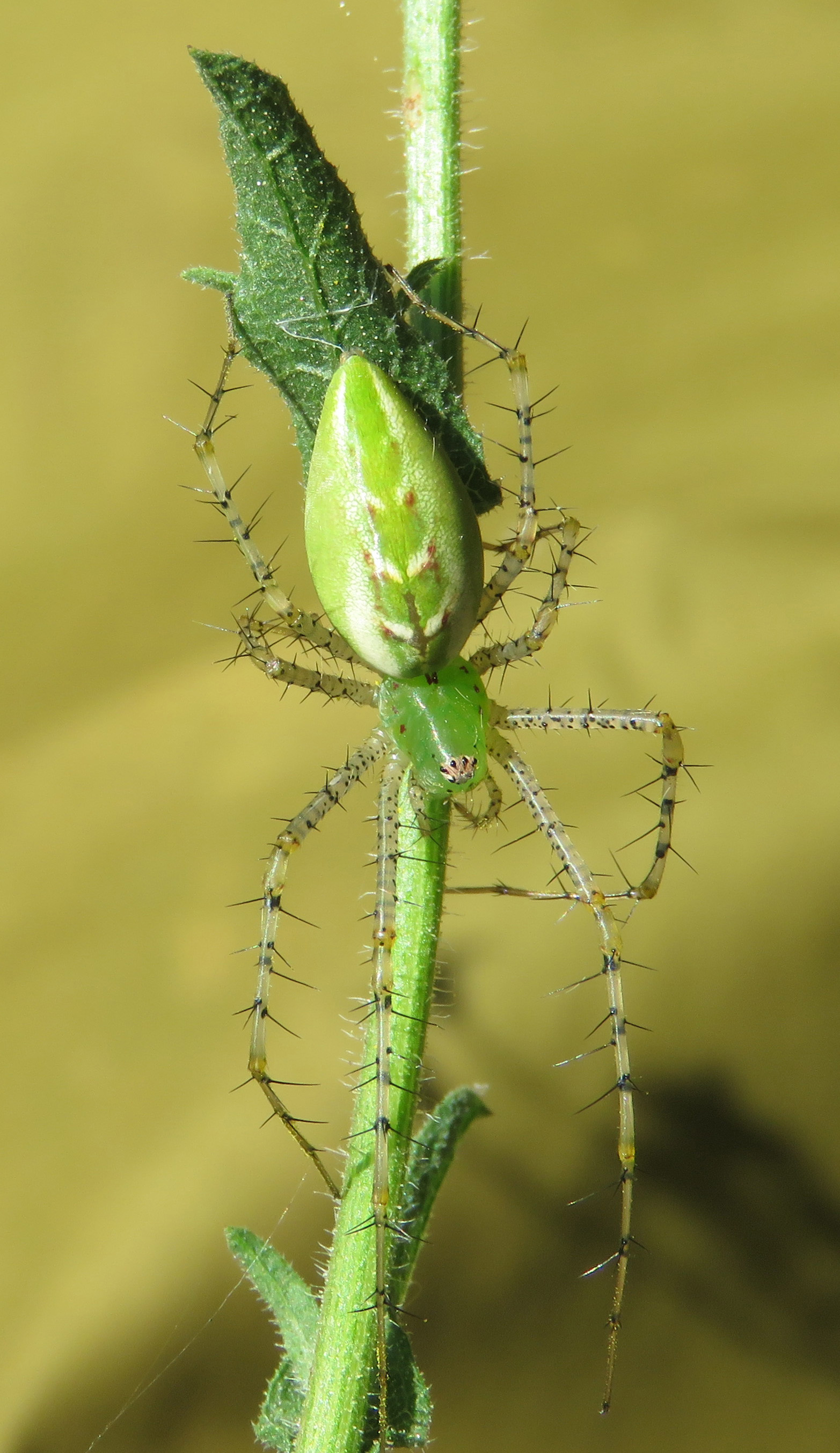More African Textiles in Philly
In my previous post I told about the Philadelphia Museum of Art’s exhibit of wax prints. After seeing that, I went up one floor to the “Threads of Traditions” exhibit. This small but beautiful exhibit of kente cloth, indigo cloth, and raffia weaving was a joint exhibition of the PMA and the Penn Museum. Normally it is the colorful kente cloth that draws my attention, but on this visit I gained a new appreciation for raffia weaving.
The PMA’s slideshow shows the items from their collection (if you click on the little acquisition numbers at the bottom of the slide, you will be taken to more information on the object). And fortunately for us, the Penn Museum allows their items to be shared for educational purposes. I can only find one of the exhibited raffia weavings online, so I am going to use some of their other images to illustrate those I saw.
So here is the one I know was in the gallery:

Object AF1518. Courtesy of the Penn Museum.
I really liked the captions in this exhibit. They pointed out a few facts and features, and then they asked questions to help you compare and contrast objects within the gallery and within your past experience. (Later I found this caption writing style was consistent throughout the museum.) For a similar raffia piece, the caption pointed out how unified the piece was, even though there were lots of little variations within shapes and sizes of motifs. That lively interplay between variety and unity caught my attention and made me look closer.
Such fine and brittle threads! I could not imagine how the weavers keep the strands straight and weave across them in the proper order.

Object 2014-16-38.1, Loom detail. Courtesy of the Penn Museum.

Object 2014-16-38-1. Loom. Courtesy of the Penn Museum.
As if the delicate plain weaving were not enough, some areas had wrapping and thickly tufted pile.

Object 2014-16-34.2. Courtesy of the Penn Museum.
I had a little prior knowledge of kente cloth from a few years ago, when I watched and reviewed some videos about traditional cloth making. There was some video footage in the PMA exhibit, but it did not seem that helpful to me; it showed weavers very quickly throwing shuttles and changing sheds to weave kente cloth, but I really wanted to see footage that zoomed in and slowed down to show more detail. Maybe that reflects more on me as a viewer than on the curators’ choice of information to include — if I go into a gallery full of paintings, I don’t feel that I should see a video of painters at work with details of paint mixing and brush strokes, because I already have that background knowledge.
So, not knowing anything about the raffia textiles, when I got home I went through my books to see what I could learn. The picture of the loom and the quote below come from World Textiles: A Visual Guide to Traditional Techniques .
Raphia, or raffia, is a grassy fiber extracted from the leaves of a palm tree, Raphia ruffia or R. taedigera, that grows extensively around the fringes of the tropical forests of Central and West Africa and on the island of Madagascar. The mature leaves can grow as long as 50 feet (15.25 metres), but only the young leaflets are used.
The leaflets are cut from the palm before they reach six feet (1.8 metres) in length. The soft tissues of the underside of the leaf are stripped away with the edge of a knife or peeled off by hand to leave behind the upper epidermis. These translucent fibres are tied in hanks and dried in the sun. Finally, each fibre is split lengthwise with the fingers, a comb or a snail shell to produce a silky strand three to four feet (90 cm – 120 cm) long.
John Gillow and Bryan Sentance, World Textiles: A Visual Guide to Traditional Techniques, 1999, Thames and Hudson, p. 38
This exhibit will also be up until January of 2017.
And as a side note, I would like to say that the Penn Museum’s About page does a wonderful job of explaining their permission policy in plain language!

















I knew nothing about raffia weaving so this is very interesting!
I always overlooked it due to its unrelenting brownness before, but it really is amazing to see how far artisans can push these materials.
Such a wonderful adventure. It’s amazing how interesting something like raffia looks.
Fantastic post! I think these indigenous materials & techniques will be increasingly important to highlight in opposition of the big-company, GMO-manufactured business of seeds, pesticides to production. it would be so interesting to see how this might be scaled in the future.
Thank you for commenting! I agree with you about the future, and for right now, I would love to see people appreciate the craftsmanship, and support artisans like these.
The big loom with the man squatting in front reminds me of the looms used for Navajo rug weaving, though this one looks less developed.
And to think that raffia bags and baskets are sniffed at as touristy items in some novels I’ve read. (British mostly) To me raffia is testimony to human ingenuity in using the materials at hand to make useful yet decorative items.
Pingback: TextileTopia, Part Two | Deep in the Heart of Textiles